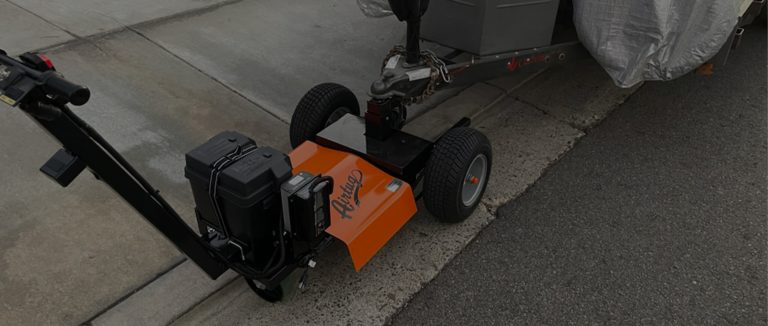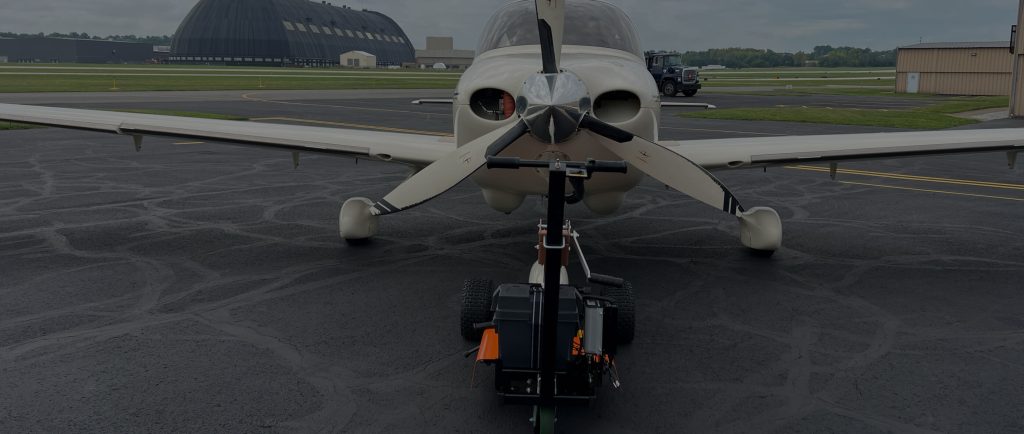
Why Aircraft Tugs are Used
Aircraft tugs perform an invaluable service for not only owners of private planes, but for commercial airlines which rely on tugs to easily – VERY easily – move any, and all, aircraft! The traction design incorporated into tugs means safe movement and stoppages, even on ice or snow.
But let’s delve a bit deeper into why aircraft tugs are used, so extensively, at large and small airports in every corner of the globe.
Most Aircraft Cannot Go Into Reverse Mode
Most aircraft are not designed with a ‘reverse’ option to be used for backwards movement. Aircraft do not use gears or transmissions for propulsion; power for movement is derived from the engines which generate the thrust. Because of this, aircraft tugs come to the rescue as invaluable ground support when aircraft must be pushed or pulled to other locations. When aircraft tugs are used, maximized safety and optimal efficiency with on-ground operations become distinct advantages.
With that being said, most commercial airliners with jet engines do have thrust reversing which does enable a reverse thrust; but this operation is used only as additional braking-power during landing. If airliners did use their thrust reverse on the ground, huge problems would ensue regarding safety and economics. An airliner backing out of a gate would prove to be a serious safety breach if ground crew or equipment were in the vicinity of the engine blast. Additionally, reverse thrust that might be used to move planes would generate extreme noise and create excessive fuel consumption – especially with extremely heavy transport planes; and foreign objects could be sucked into the air intakes. Also, reverse thrust has a lowest-speed-of operation; and if reverse thrust were used below the speed of 80kts, it would, very likely, damage the engine.
Aircraft Tugs are Unsung Heroes
Tugs, effortlessly, push planes backwards or pull them forward. Pilots do not have a clear view to the rear; and rely on aircraft tugs for ground push-back, when needed. In fact, all commercial airports require aircraft to be moved by tugs for safety reasons. Once a plane is perfectly positioned, the tug is disconnected from the plane and the aircraft uses its own engines and steering to move to the runway for takeoff.
Larger tugs, called Super Tugs, can push most mammoth airplanes, like the 747 or A380, away from the gate; and they can tow planes longer distances at larger, international airports. At times, planes need to be moved from a gate to a remote parking spot, called a ‘stand’, so the gate can be used for other arrivals and departures.
Owners of smaller planes appreciate the fact that tug ground-support makes their lives easier and puts their minds, at ease. The possibility of accidents associated with individuals pushing or pulling on the aircraft are eliminated.
After it’s all said and done, aircraft tugs could be considered unsung heroes since most people don’t give much thought to the invaluable services they are designed to provide. Tugs, being the specialized vehicles they are, do not, necessarily, require enormous amounts of power to move any-sized aircraft since they are not required to lift the weight of the plane.
The largest aircraft, the Stratolaunch, is designed to release rockets into space; and has a 385-foot wingspan, six Boeing 747 engines, and 28 wheels. This aeronautical giant must be positioned by aircraft tugs, too. One could call aircraft tugs, ‘tractors on steroids’! They serve as the go-to solution for pushing or pulling any-sized plane into their needed areas – safely, economically and efficiently.

